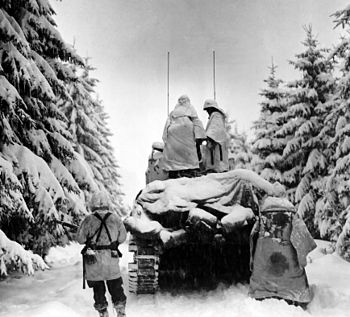I’ve been tinkering with a set of small unit wargame rules informed by operational research rather than fashions in wargaming for a couple of years. The crux of these rules is the morale mechanism.  These haven’t quite got as far as I would have liked as I’ve not really had any time to complete or playtest them. However there is enough here as a work in progress to run a session at Chestnut Lodge Wargames Group the next time I manage to make it. Also others that also design wargames might find some of this of interest.
Operational Research
My main sources are two books that I’ve reviewed elsewhere on this blog (although before I split out the wargaming and military history bits from Themself to form Hot Blood & Cold Steel). I’ve also got some bits from various military OR articles in the Journal of the Operational Research Society and things I’ve found using the Open University library.
- David Rowlands the Stress of Battle. (summarised in five parts)
- Leo Murray’s Bullets and Brains (my review)
- Assumptions and source data (as an ODS spreadsheet)
The Rules
These rules are intended to cover small unit actions at a platoon plus to company minus in size. The sort of thing that has happened a lot over the last decade or so for most armies.
There are some gaps in these, but it shows the structure. The primary gap is that I’ve not yet properly incorporated the effects of casualties, and there isn’t a proper OR driven basis for this (there’s loads of source material though). There is a morale driven combat model though, that determines whether attacks will be successful or not.
Attacker casualties don’t seem to be determined by the success or failure of the attack. They are more affected by whether the defenders are engaged. Defender casualties are completely different when the defence is overwhelmed (about 80% including killed, wounded and prisoners). If the attack fails and defenders are well sited then they can take no casualties.
Here are the rules, both as open document text ODT and PDF. Also another ODS spreadsheet that shows some of the workings out of probabilities and charts etc.
- 20150811 OR Driven Rules v01 JMKÂ (ODT)
- 20150811 OR Driven Rules v01 JMKÂ (ODF)
- 2D morale chart (ODS)





















